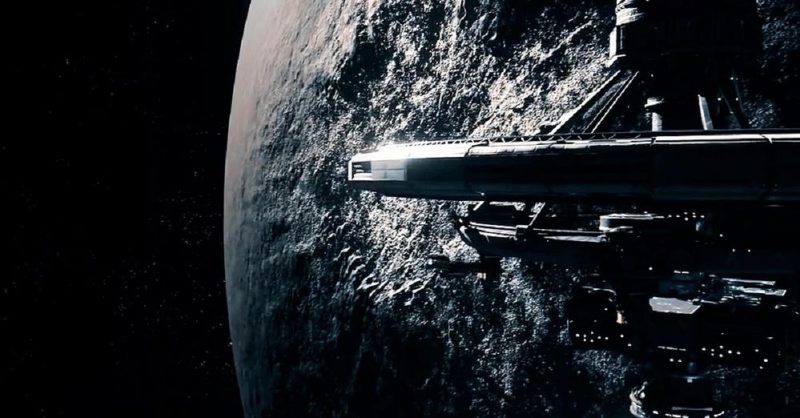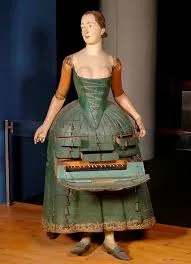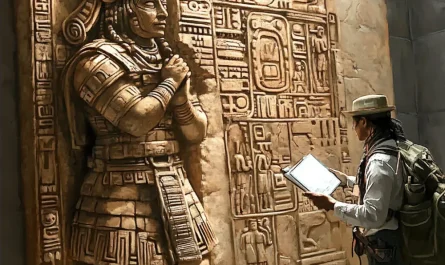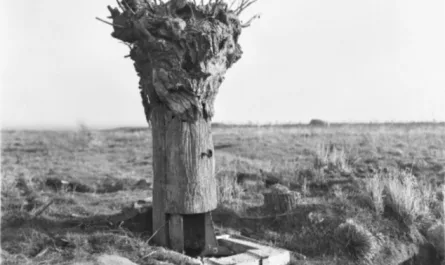Stepping onto the grounds of the Vicksburg National Military Park is like walking back in time, each monument and earthwork whispering tales of the pivotal siege that shaped the course of the American Civil War. But nestled within this historic landscape lies a truly unique artifact – the mostly restored City-class ironclad, the USS Cairo. This formidable vessel, a relic of a bygone era of naval warfare, stands as a silent testament to both the ingenuity and the perils of 19th-century technology.
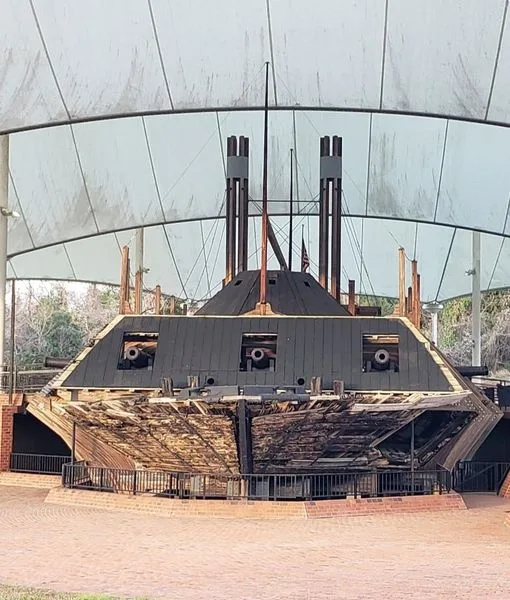
The story of the USS Cairo is as captivating as the ship itself. Launched in 1861, she was part of the Union’s efforts to control the vital waterways of the Mississippi River Valley. These “brown-water navy” gunboats, with their distinctive iron armor, played a crucial role in supporting land operations. The Cairo saw active service on the Western rivers, participating in engagements that aimed to wrest control from the Confederacy.
However, her active career was tragically cut short on December 12, 1862. While navigating the Yazoo River, a tributary of the Mississippi, the USS Cairo met her demise. She struck a Confederate torpedo – what we now know as a mine – and sank rapidly in just twelve minutes. Incredibly, despite the suddenness of the disaster, all members of her crew managed to escape to safety in lifeboats.
For over a century, the ironclad lay submerged in the muddy depths of the Yazoo, slowly being enveloped by the riverbed. It wasn’t until the 1960s that the dream of rediscovering and raising this lost piece of history became a reality. After years of dedicated effort, the USS Cairo was finally raised from its watery grave in the 1980s.
The recovery process was a monumental undertaking, and the condition of the ship after so long underwater was remarkable. While significant restoration work has been necessary, a substantial portion of the original ironclad remains intact. Today, visitors to the Vicksburg National Military Park can walk around and even partially under the USS Cairo, gaining a profound understanding of its construction and the challenges faced by its crew.
What makes the USS Cairo particularly significant is not just its survival, but the incredible collection of artifacts that were preserved within its hull. The muddy environment, while causing some decay, also acted as a remarkable preservative. When the ship was raised, it yielded a veritable treasure trove of everyday items, from personal belongings of the sailors to weapons, ammunition, and even the ship’s medical supplies. These artifacts offer an unparalleled glimpse into the daily lives of the men who served aboard these ironclad warships.
Walking around the USS Cairo today is a powerful experience. You can see the heavy iron plating that was intended to protect her from enemy fire, the gun ports where her cannons once stood ready, and the remnants of her engines and boilers. Interpretive signs and displays provide context, explaining the ship’s design, her role in the war, and the fascinating story of her sinking and recovery.
The USS Cairo serves as a poignant reminder of the human element in warfare. It allows us to connect with the individuals who served aboard her, imagining their experiences in the confined spaces and the dangers they faced. The fact that no lives were lost during her sinking is a remarkable detail in her story, a small glimmer of fortune amidst the brutal realities of the Civil War.
If you ever have the opportunity to visit the Vicksburg National Military Park, make sure to dedicate time to explore the USS Cairo. It’s more than just a static display; it’s a tangible link to the past, a testament to the ingenuity of the era, and a powerful reminder of the sacrifices and experiences of those who lived through this pivotal period in American history. The echoes from the deep, carried by this remarkable ironclad, continue to resonate today.
